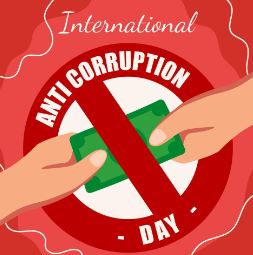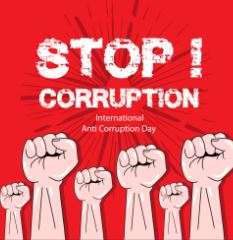A majority of respondents hold both Union and State governments responsible for the rise in corruption; among both rich and poor, nearly 6 in 10 respondents say that corruption has increased; responses evenly distributed across villages and towns.
In the run-up to elections, political parties make allegations of corruption against their rivals in order to reach out to voters and in Ruence voting patterns. While the op- position camp leaves no stone unturned to corner the party or alliance in power by highlighting various acts of corruption allegedly done under its rule, the latter sends out strong signals of its serious- ness in curbing corruption by taking a series of actions, including getting leaders of the rival camp arrested.
However, what do vo- ters think of corruption? Has the perceived level of corruption increased or decreased in the past five years? How widespread is the perception of corruption across spatial contexts and the social spectrum?
In contrast, the proportion of respondents saying that corruption has de- creased shows a significant decline. It appears to have reduced to half (from 37% in 2019 to 19% in 2024). Interestingly, responses on corruption are evenly distributed across multiple spatialities village, town and city. For most respondents — whether they live in a village, a town, or a city corruption has in- creased in the past five years. Those saying corruption has decreased are fewer (less than a fifth of respondents) across spatial contexts.

Even as the fraction of those saying that corruption has decreased is quite small, there is a systematic class pattern. It increases as we move up the class ladder. Among the rich respondents, the fraction of those saying corruption has declined is higher than that among poor respondents, by seven percentage points. Asked who they think is responsible for the in- crease in corruption, a majority of respondents (56%) held both the Union and State governments responsible.
Sanjeer Alamis Associate Professor at Centre for the Study of Developing Societies
Even as the fraction of those saying that corruption has decreased is quite small, there is a systematic class pattern. It increases as we move up the class ladder. Among the rich respondents, the fraction of those saying corruption has declined is higher than that among poor respondents, by seven percentage points. Asked who they think is responsible for the in- crease in corruption, a majority of respondents (56%) held both the Union and State governments responsible

